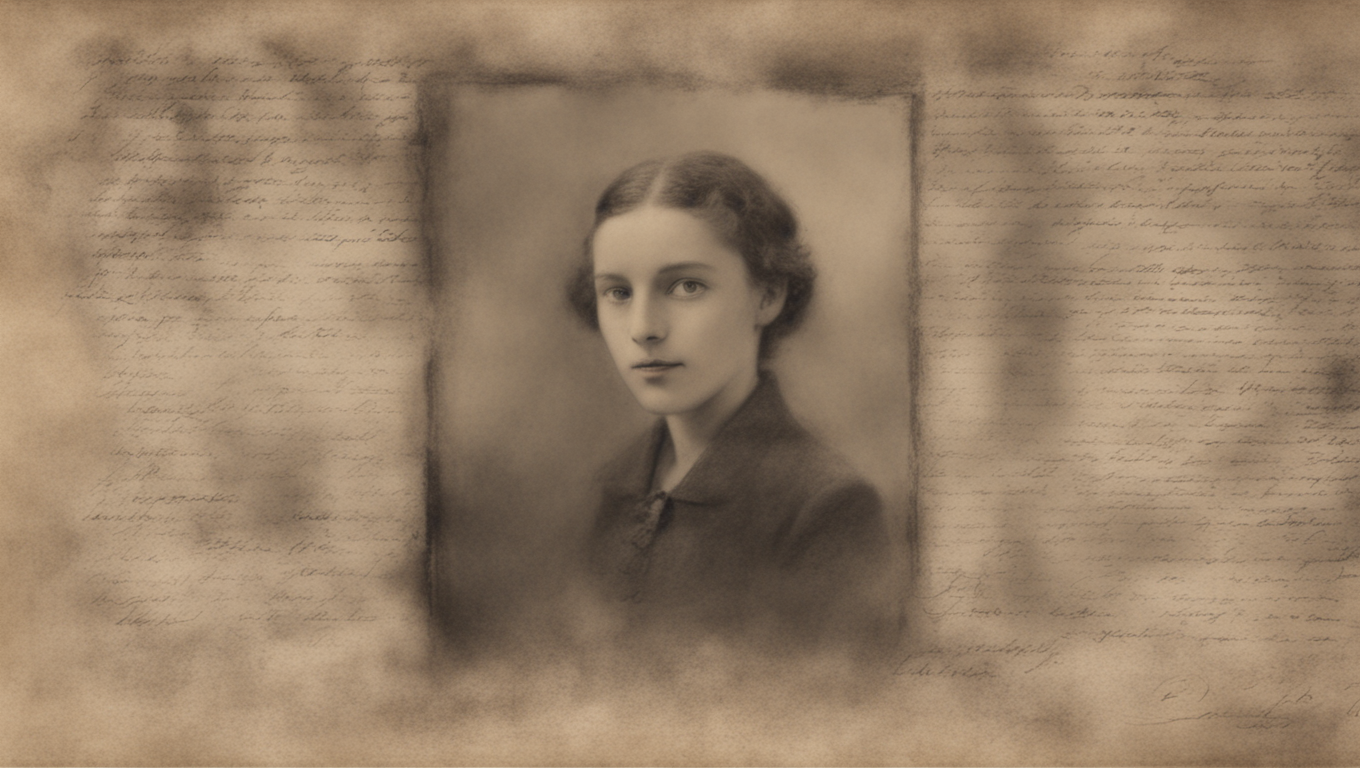In a remarkable development, researchers in Israel are harnessing the power of artificial intelligence (AI) to shed light on the names of Holocaust victims that have been missing from official memorials. As the world commemorates Yom HaShoah, or Holocaust Remembrance Day, the Yad Vashem World Holocaust Remembrance Centre in Jerusalem is intensifying its efforts to uncover details about both known and unknown victims. The centre has developed its own AI-powered software to analyze piles of records and fill in the gaps in their existing database of 9 million records.
Esther Fuxbrumer, head of software development at Yad Vashem, explained the challenges they face. Over the years, volunteers have painstakingly gathered information on 4.9 million individuals by meticulously examining statements, documents, film footage, cemeteries, and other records. However, there are still significant gaps, as many victims were summarily executed and left nameless. Additionally, the process of linking individuals to dates, family members, and other details is a mammoth task that requires sifting through vast amounts of information and verifying duplicates.
To address these challenges, the AI system was developed over the past two years to sift through records in multiple languages, including English, Hebrew, German, and Russian. Currently undergoing trials, the technology is proving to be highly effective. Fuxbrumer noted, “That technology works very fast, it takes a few hours to go over hundreds of testimonies and it’s very exact, the results. We saw that from each testimony we could get between six or seven names with full details that we could put automatically into our database, and around 10% of the names that we found we had already in our database, but 90% are new names that we didn’t know about.”
The impact of this AI-powered solution is already becoming evident. In one case, the researchers found information about Yehudit and Ruth Rosenbaum, twin sisters who were taken to Auschwitz at the age of four and a half. While Yehudit survived, Ruth was tragically murdered. Fuxbrumer emphasized the incredible discovery they made about Ruth: “And we were able to bring more information about Ruth from someone that’s not her family at all, someone that met her in the camp.”
The trials at Yad Vashem are currently focused on 400 of their 30,000 testimonies, which include many three-hour-long recorded videos of survivors. So far, 1,500 new names have been added to the database, and the researchers anticipate uncovering many more in the coming weeks as they expand the use of the AI system to analyze all 30,000 testimonies. The next phase of the trial will delve into diaries, with the goal of bringing to light stories of victims whose lives were tragically cut short.
The use of AI in this sensitive and historically significant context has been met with optimism and hope. Fuxbrumer expressed their belief that this technology will enable them to reveal previously unknown stories of victims, especially children, who have remained unnamed and unrecognized. She said, “We believe that way we’ll be able to bring a lot of stories about a lot of victims that were killed, little kids that no one else knew, to tell us the story about what happened to them.”
As researchers continue to refine and expand the application of AI in their search for Holocaust victims' names, a ray of hope shines through the darkness, bringing long-overdue recognition to those who perished. The integration of technology and human endeavor offers the potential to uncover and preserve the memory of countless lives lost during this horrific chapter in history.





Use the share button below if you liked it.